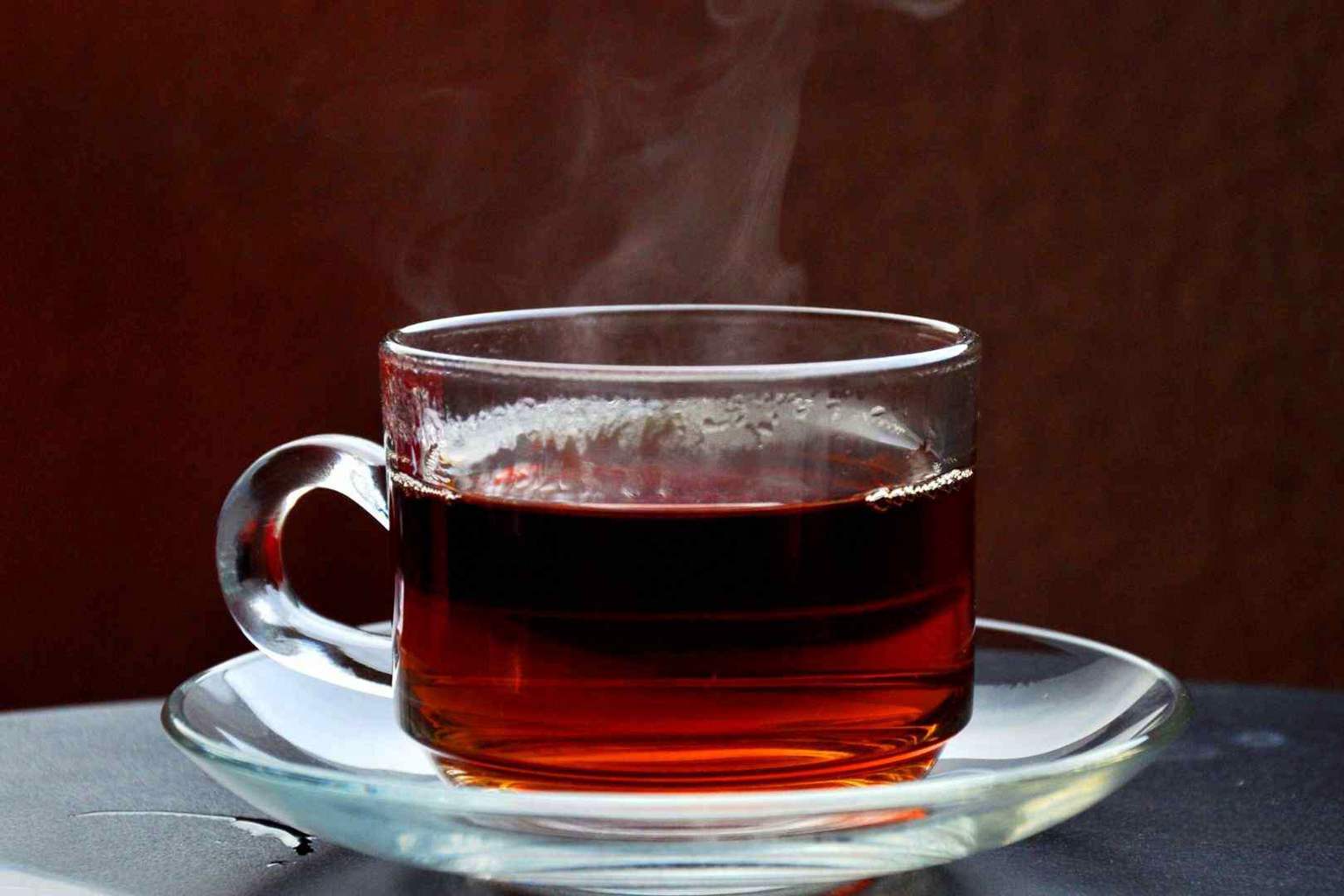You’ve heard it a million times: “Eat healthy.” But what does that actually mean when it comes to protecting your heart health? Even doctors sometimes struggle to give clear, practical advice about which foods truly make a difference—and how they work.
Thanks to new research, we’re starting to get answers. Scientists have been exploring a group of natural plant compounds called flavan-3-ols that appear to play a powerful role in lowering blood pressure and improving blood vessel function. The best part? These compounds are found in everyday foods you probably already enjoy.
What are flavan-3-ols and where do you find them
Flavan-3-ols, also known as flavanols or catechins, belong to the flavonoid family of plant compounds. These natural substances give plants their rich colors and help protect them from sunlight and pests.
For us humans, they show up in familiar foods like dark chocolate, green and black tea, grapes, apples, and some berries. That subtle bitter or tart taste you notice in a strong cup of tea or rich dark chocolate? That’s the flavan-3-ols working their magic.
Scientists have been fascinated by these compounds for years, especially for their potential cardiovascular benefits. One huge study called the Cosmos trial tracked over 21,000 people and found cocoa flavanols reduced deaths from heart disease by an impressive 27%.
This exciting discovery led researchers to dive deeper into how flavan-3-ols affect blood pressure and the health of our blood vessels.
How flavan-3-ols may lower blood pressure and improve blood flow
A team of scientists analyzed results from 145 randomized controlled trials with more than 5,200 participants. These studies tested a wide variety of flavan-3-ol-rich foods and supplements—including cocoa, tea, grapes, apples, and isolated compounds like epicatechin.
They focused on two main markers of cardiovascular health: blood pressure and flow-mediated dilation (FMD), a measure of how well the lining of blood vessels responds to blood flow.
On average, participants consumed about 586 mg of flavan-3-ols daily. To give you an idea, that’s roughly the amount found in two to three cups of tea, a serving or two of dark chocolate, a couple of apples, or a few tablespoons of cocoa powder.
The results were encouraging. Regular intake led to an average drop in office blood pressure by 2.8 mmHg for systolic (top number) and 2.0 mmHg for diastolic (bottom number). For people with elevated blood pressure or hypertension, the effects were even more striking—reductions of up to 6–7 mmHg systolic and 4 mmHg diastolic.
That’s comparable to some prescription blood pressure medications and could significantly reduce the risk of heart attacks and strokes.
But the benefits didn’t stop there. Flavan-3-ols also improved endothelial function, boosting FMD by about 1.7%. This means blood vessels stayed more flexible and healthy, even in people with normal blood pressure. In other words, these compounds may help protect your heart before problems even begin.
Why this matters and how you can make simple changes
High blood pressure is a leading cause of heart disease across the globe. Alarmingly, even “elevated” blood pressure—numbers below the threshold for hypertension—still increases risk.
New guidelines highlight this important fact and encourage lifestyle changes, especially focusing on diet and exercise, as the best first steps for heart health.
Here’s where adding flavan-3-ol-rich foods fits perfectly. Simple daily swaps could make a difference. Imagine replacing a sugary snack with an apple and a piece of dark chocolate, or adding an extra cup of tea to your routine. Over weeks and months, your blood vessels and blood pressure might thank you.
On a personal note, when I started making these small changes—sipping more tea and indulging in dark chocolate with a little more purpose—I found them both enjoyable and motivating. It felt less like a chore and more like a treat supporting my cardiovascular well-being.
Are supplements a good alternative to foods
Some of the studies reviewed did look at flavan-3-ol supplements or isolated compounds, but they generally showed smaller benefits compared to whole foods like tea or cocoa.
This difference may come from the complex mix of compounds in foods working together to enhance absorption and effectiveness—a synergy you don’t get with isolated supplements.
Most experts recommend focusing on foods rather than high-dose supplements, especially because supplements may interact unpredictably with medications.
To reap the benefits, aim for about 500–600 mg of flavan-3-ols daily. You can reach that with a few cups of green or black tea, one to two servings of dark chocolate, a couple of apples, plus berries or grapes.
Small changes, like these, can add up to better heart health without feeling overwhelming or expensive.
What this means for your heart health journey
While flavan-3-ols aren’t a magic cure or a substitute for prescribed medications, they’re a simple, delicious way to support your cardiovascular system alongside other healthy habits.
These aren’t exotic or hard-to-find ingredients—they’re foods many of us know and enjoy, just used with a bit more intention.
Ongoing research is still exploring flavan-3-ols’ impact on people with diabetes and possible interactions with medications. But the current evidence makes a strong case for adding these compounds to your diet as part of a heart-healthy lifestyle.
Why not see how your snacks and drinks measure up? Adding more tea, dark chocolate, apples, or berries might be easier than you think—and your heart will love you for it.
What snacks or drinks have you found boost your heart health? Have you noticed any difference with small diet shifts? Share your experiences and thoughts below so we can inspire each other to make simple, meaningful changes.
